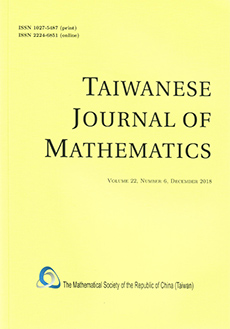Abstract
Since the investigation of impulsive delay differential equations are inchoate, the literature on delay epidemic models with pulse vaccination is not extensive. In this paper, we propose a delay SIR epidemic model with impulsive effect and analyze the global dynamics behaviors of the model. Using the discrete dynamical system determined by the stroboscopic map, we show that there exists an ’infection-free’ periodic solution in the model. Further, we prove that the ’infection-free’ periodic solution is globally attractive when the period of impulsive effect is less than some critical value. The condition for the permanence of population for epidemic model with pulse vaccination is given, which means the epidemic disease to spread around. We conclude that time delay and pulse bring great effects on the dynamics of the model. It illustrated theoretically that we should look carefully after the infectious patients to shorten the convalescence period (or infections period). Lastly, the biologic discussion and strategy for the elimination of infectious diseases are also given. In this paper, the main feature is that we introduce time delay together with pulse into epidemic model, and we investigate their effects on the dynamics of model.
Citation
Xinzhu Meng. Lansun Chen. "GLOBAL DYNAMICAL BEHAVIORS FOR AN SIR EPIDEMIC MODEL WITH TIME DELAY AND PULSE VACCINATION." Taiwanese J. Math. 12 (5) 1107 - 1122, 2008. https://doi.org/10.11650/twjm/1500574251
Information





